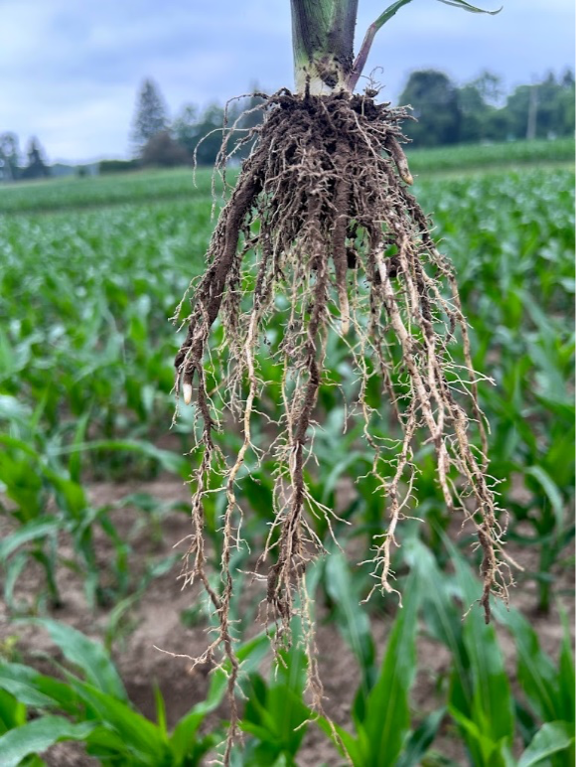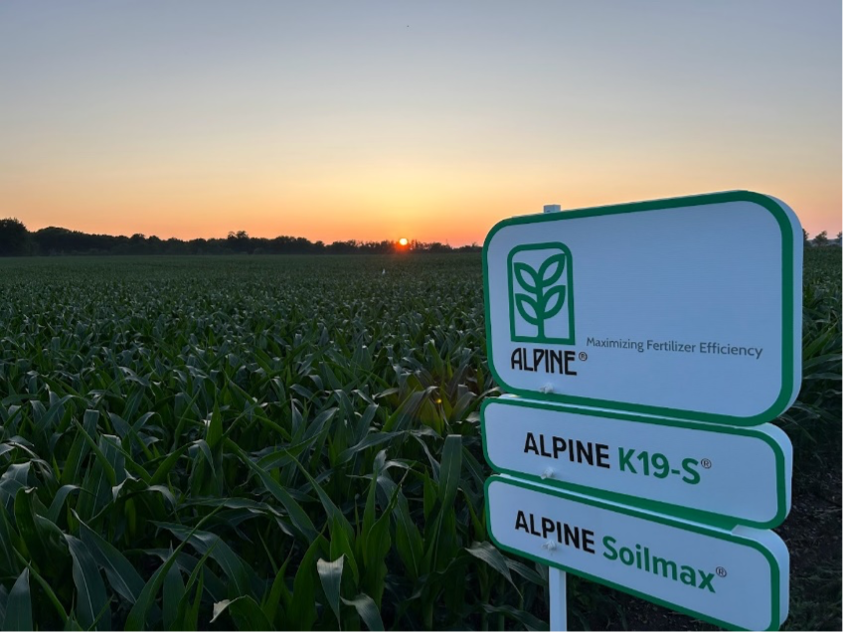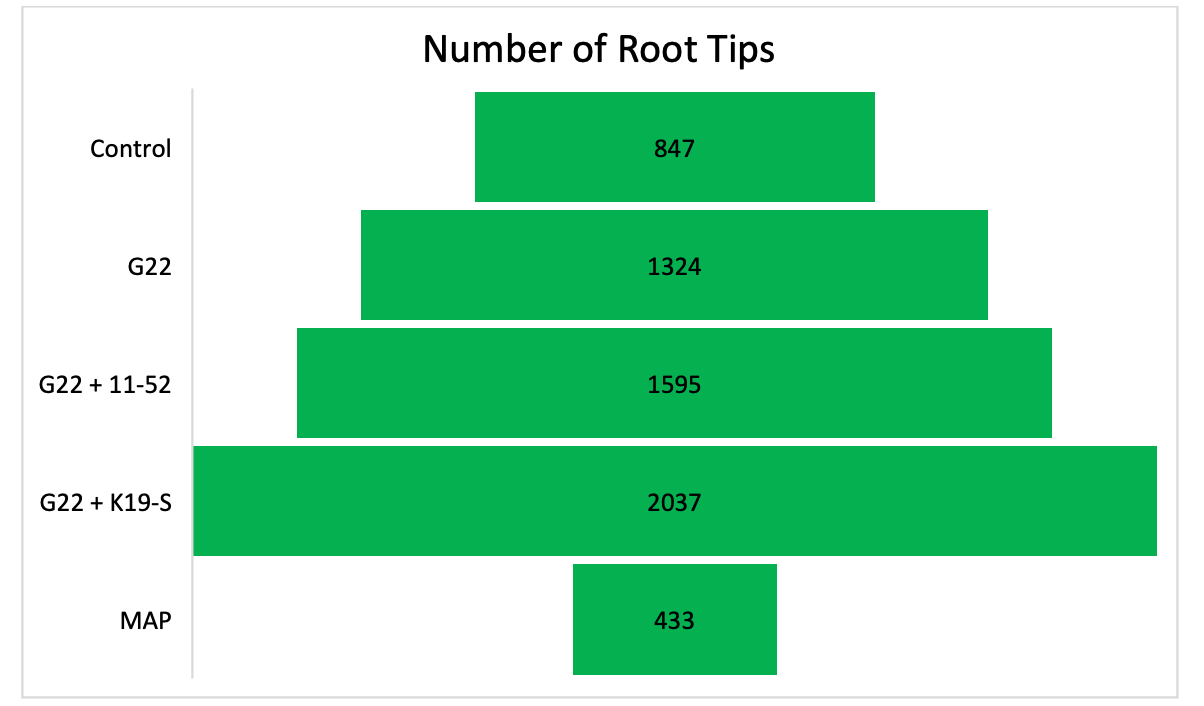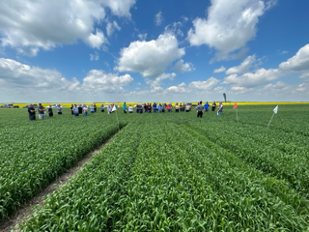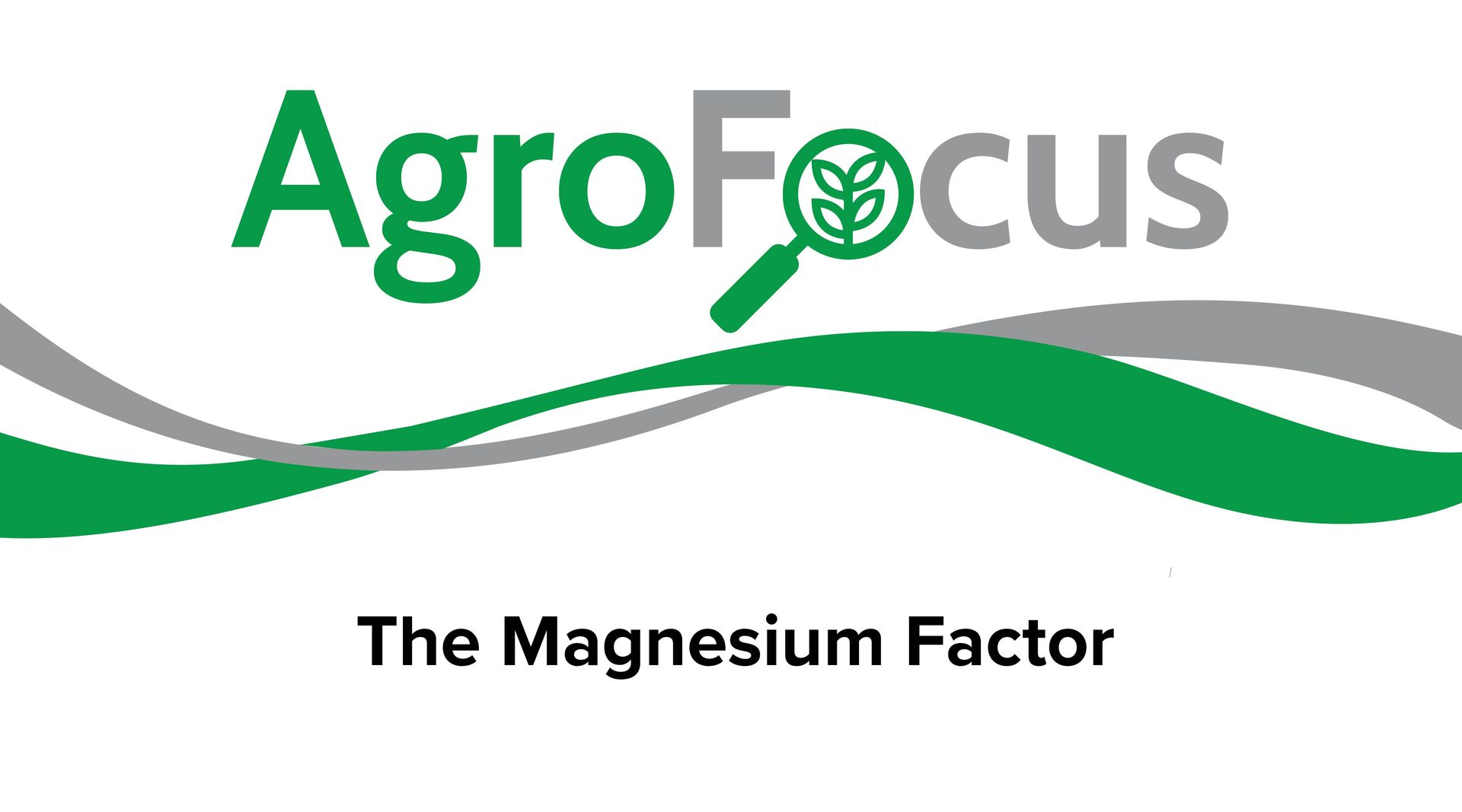
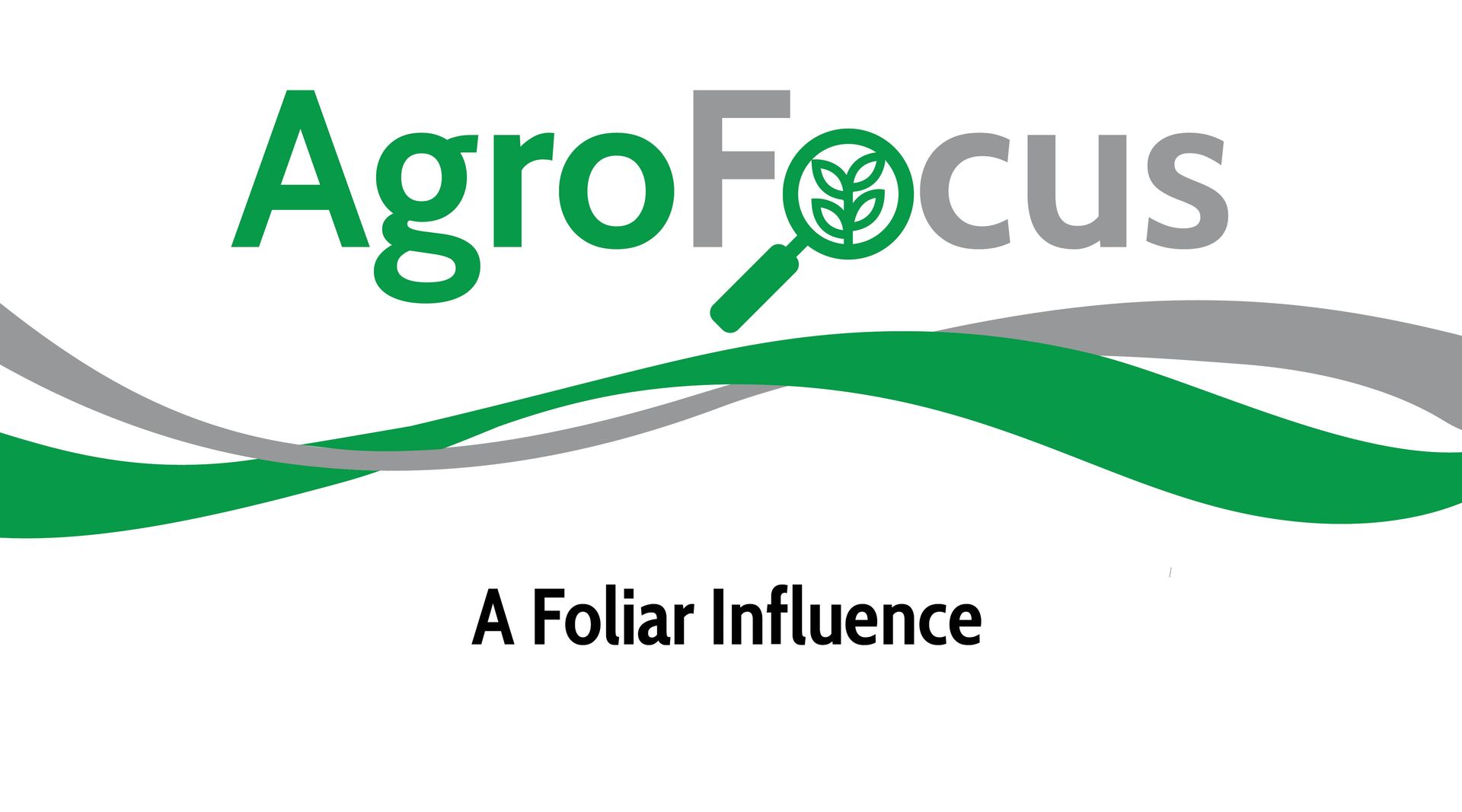
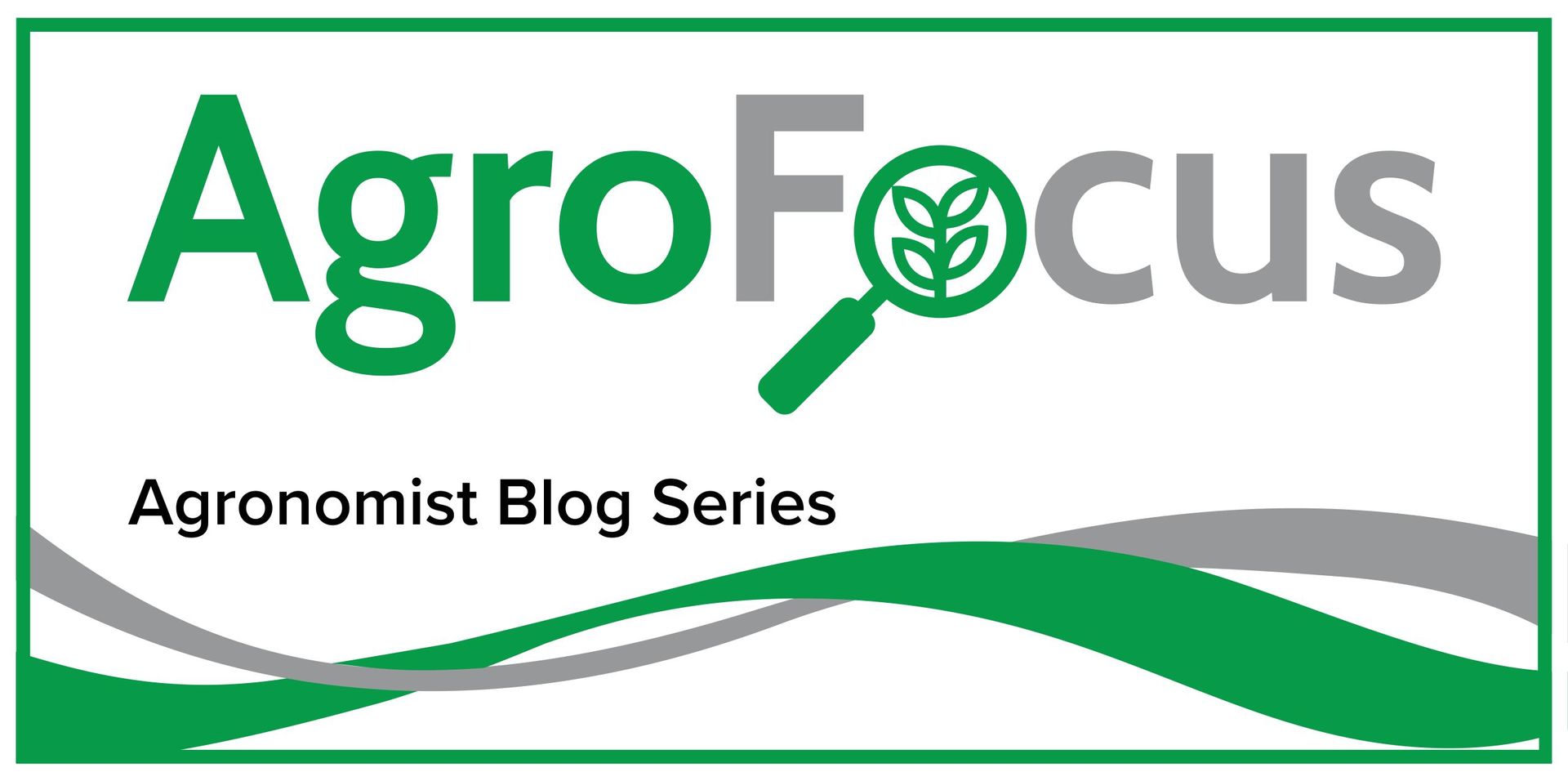
It has been a while since my last blog, with plot harvest and data collection taking up a lot of time. This has also been balanced with traveling the farmlands of Canada and the Northwest US to meet growers and dealers, to better understand how our ALPINE products performed throughout 2023. As we continue to consider our own crops this harvest, we will better understand our achievements from 2023, and the lessons we have learned are a guide to develop our 2024 crop plans to greater success.
A few things that I would like to share from our 2023 fall discovery are based around plot data, but more so around comments shared by some of you and growers like you. Throughout the year, our summer intern collected data from our nitrogen trial. It is based on a reduction of applied N along with additives of humic acids, ALPINE Soilmax, and ALPINE Bio-K along with micronutrients. Early results collected by our student showed that the plants with reduced N increased root mass and maintained tissue balances. As these are just preliminary results from a few trials, they can be disregarded very quickly from a statistical perspective. But what was interesting is that the yields are agreeing with the earlier plant balance. As plants are 94% carbon, hydrogen, and oxygen, I believe we need to pay more attention to how we balance the 6% that we apply as crop nutrition. Do we consider the law of the maximum or just the laws of the minimum? Once, our final trial is harvested next week, we will have some fun discussions ahead, as well as looking at some continued success with boron being added to UAN solution.
Along the same thought process of balanced fertility, we continue to see the value of having N, P, K supported by micronutrients, and understanding the role each plays to synergize each other. We also want to make sure we understand the sources of each and how this can amplify nutrient uptake and plant use efficiency. Trials across the west are determining that by utilizing our ALPINE orthophosphate starters, enhanced by adding ALPINE Bio-K, are increasing root tips, increasing water and nutrient use efficiencies. These root tips are expressing plant health by increasing exudate points as well as nutrient uptake capacity. They are also playing a key role in root penetration to allow plants to utilize deeper moisture reserves. By applying our liquid ALPINE G22 plus ALPINE K19-S in western Canada, similar to applying our ALPINE G241-S in the east, we are meeting the plants need by applying a solution in the soil for ease of access by the plant. We will also further discuss this at the Crop Intelligence Conference in Regina, and throughout the winter.
With many trials to evaluate and digest over the winter, it is still conversations with each other that teach us the most. Experiences of our successes and struggles allow us to build from consistency and adjust from disappointments. What I truly find rewarding from the past year is the desire to create opportunity from both. By choosing a positive outlook on what each cause was will assist us with our strategy development. By looking deeper into what created an advantage as well as the cause of an issue, we will build a baseline and continue to move it upward. The winter meetings that we involve ourselves in, will remain the best learning tools when we all share, and I am looking forward to your involvement.
As I refer to the title, “A Solution within a Solution,” I like to always consider the environment we are in. Plants interact with the soil to gather nutrients, yet they can only take up nutrients that are in solution. From root interception to mass flow and finally diffusion, all interactions involve solutes. We are very much alike and learn from direct interaction the best. Secondly, we gather information from the environments we put ourselves into, and finally, we become better at what we do by researching on our own and the experiments we design and follow through on.
We at Nachurs Alpine Solutions also look forward to taking our 50 years of experience and assist each of you with expanding your horizons for your 2024 cropping plan. Over the next few months, as you take your past experiences, and utilize them to enhance your future success, please connect with our DSM and Dealer network, to see how ALPINE’s Maximizing Fertilizer Efficiency can improve your farming operation.

